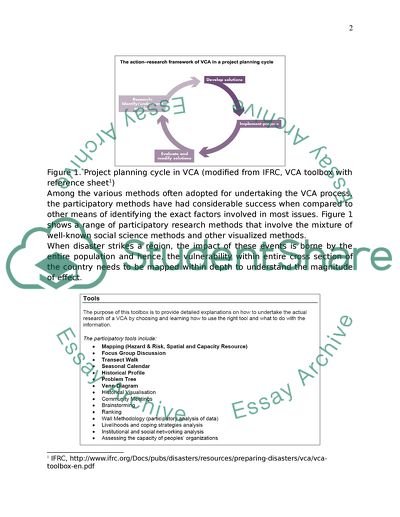Cite this document
(Importance of Disaster Preparedness Case Study Example | Topics and Well Written Essays - 2000 words, n.d.)
Importance of Disaster Preparedness Case Study Example | Topics and Well Written Essays - 2000 words. Retrieved from https://studentshare.org/environmental-studies/1554135-disaster-management-vulnerability-and-capacity-assessment
Importance of Disaster Preparedness Case Study Example | Topics and Well Written Essays - 2000 words. Retrieved from https://studentshare.org/environmental-studies/1554135-disaster-management-vulnerability-and-capacity-assessment
(Importance of Disaster Preparedness Case Study Example | Topics and Well Written Essays - 2000 Words)
Importance of Disaster Preparedness Case Study Example | Topics and Well Written Essays - 2000 Words. https://studentshare.org/environmental-studies/1554135-disaster-management-vulnerability-and-capacity-assessment.
Importance of Disaster Preparedness Case Study Example | Topics and Well Written Essays - 2000 Words. https://studentshare.org/environmental-studies/1554135-disaster-management-vulnerability-and-capacity-assessment.
“Importance of Disaster Preparedness Case Study Example | Topics and Well Written Essays - 2000 Words”. https://studentshare.org/environmental-studies/1554135-disaster-management-vulnerability-and-capacity-assessment.


